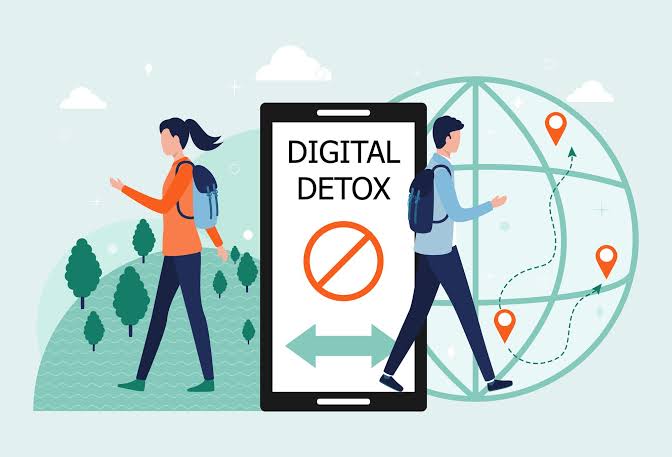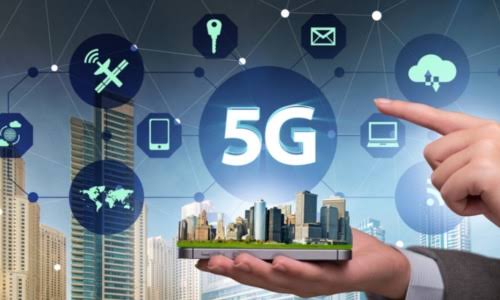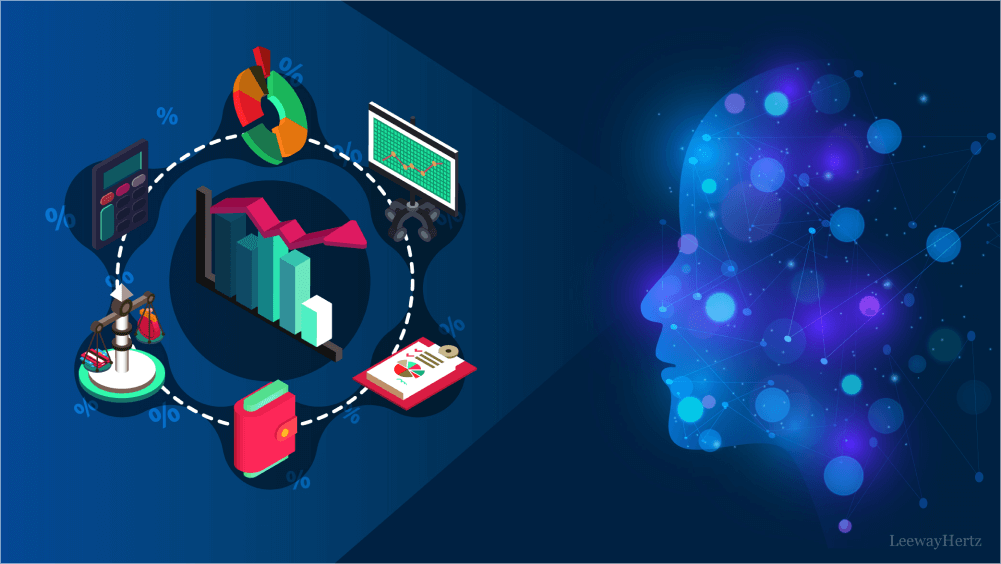In a world full of screens, alerts, and constant connection, taking a break from digital devices is more important than ever. By July 2025, people use many devices like smartphones, tablets, wearables, and smart home gadgets. These tools make life easier but can also cause problems like tiredness, sleep issues, poor focus, and mental stress. A digital detox is not just a trend; it is a needed way to bring balance back and feel better overall.
Digital detox refers to a conscious and temporary disconnection from digital devices to reduce stress, regain focus, and re-engage with the physical world. It’s about taking a step back from online obligations and creating space for mindfulness, human interaction, and rest. Understanding the importance of this concept is essential for anyone seeking a healthier relationship with technology.
What Is Digital Detox?
A digital detox involves intentionally stepping away from digital devices like smartphones, computers, and tablets for a set period. This could be for a few hours daily, over a weekend, or even for extended periods, depending on individual goals. The purpose isn’t to abandon technology altogether but to reset one’s habits and reduce reliance on constant connectivity.
In 2025, digital detoxing has evolved beyond just putting the phone away. With the rise of augmented reality, smart glasses, wearable health monitors, and AI-integrated devices, our lives are more connected than ever before. A detox now includes limiting interactions with apps, virtual workspaces, smart notifications, and social media platforms that consume both time and mental energy.
The core idea is to regain control over one’s attention and mental space by identifying which digital habits are beneficial and which are detrimental. By creating boundaries, individuals can make technology serve them rather than the other way around.
Mental Health Benefits
One of the most notable advantages of a digital detox is its positive impact on mental health. Constant digital stimulation often leads to anxiety, stress, and depression. Notifications, messages, and endless scrolling can overload the brain, leading to a state of persistent distraction and emotional fatigue.
Taking a break from these stimuli allows the brain to rest and reset. Many people report feeling calmer, more focused, and less irritable after just a short digital detox. Without the pressure to respond immediately or keep up with online trends, the mind experiences reduced cortisol levels, which contributes to emotional regulation and a more positive mood.
In 2025, therapists and wellness experts recommend digital detox as part of treatment for tech-related burnout, especially among remote workers and students. It is also increasingly included in mental wellness programs and mindfulness retreats.
Improved Sleep Patterns
Exposure to screens, particularly before bedtime, is one of the leading causes of sleep disruption. Blue light emitted by phones, tablets, and laptops interferes with melatonin production, making it harder to fall asleep and stay asleep. Inadequate rest, in turn, leads to fatigue, poor concentration, and irritability throughout the day.
Digital detoxing—especially before bedtime—helps restore the body’s natural sleep-wake cycle. Disconnecting from screens at least one hour before sleep improves the quality and duration of rest. In 2025, many people are embracing analog bedtime routines such as reading physical books, meditating, or journaling instead of engaging with digital content.
Technology companies have responded by integrating wellness features into their devices, such as screen time reminders and sleep mode settings. However, personal discipline remains the key to maintaining healthy digital habits and better sleep hygiene.
Strengthened Relationships
Ironically, the more connected we become online, the more disconnected we often feel in real life. Excessive device use can interfere with face-to-face communication, reduce the quality of relationships, and make individuals feel isolated even when surrounded by others.
A digital detox provides an opportunity to reestablish meaningful connections with family, friends, and peers. By putting devices aside during meals, conversations, and social outings, people become more present and emotionally engaged. Eye contact, active listening, and authentic interactions are often the first to improve once digital distractions are reduced.
Many families in 2025 are now implementing tech-free zones and time blocks where devices are not allowed, helping to rebuild bonds that may have weakened under the weight of constant online engagement.
Enhanced Productivity and Focus
Multitasking across various devices and apps may seem efficient, but studies continue to show it actually reduces productivity and increases errors. A mind that constantly switches between tasks struggles to maintain focus and deliver deep, quality work.
A digital detox allows the brain to single-task and function with greater clarity. By stepping away from notifications, social media feeds, and background noise, individuals can engage in deep work—tasks that require uninterrupted concentration and creativity.
In professional environments, some companies now encourage digital detox days or implement email-free hours to allow employees to think strategically and recharge mentally. These policies have shown positive outcomes in terms of employee morale, innovation, and overall job satisfaction.
Promoting Self-Awareness and Mindfulness
Digital detoxing encourages individuals to be more mindful of their thoughts, actions, and surroundings. When not distracted by constant content consumption, people become more attuned to their emotional states and bodily needs. This awareness fosters a stronger connection to the present moment, reducing impulsivity and enhancing emotional intelligence.
Mindfulness practices such as meditation, nature walks, or simple breathing exercises become easier and more effective during a digital detox. These activities help in grounding individuals, allowing them to notice the simple pleasures of life that are often overlooked in the fast-paced digital world.
In 2025, many health and wellness apps promote screen-free intervals as part of their holistic approach to self-care, recognizing that true mindfulness begins with the intentional disconnection from digital clutter.
Building Sustainable Tech Habits
The goal of a digital detox isn’t to completely reject technology but to build a healthier, more sustainable relationship with it. After detoxing, individuals often return to their devices with greater awareness and more conscious usage patterns. They may delete non-essential apps, disable non-urgent notifications, or set specific times for online engagement.
Developing tech boundaries is now considered an essential life skill. Whether it’s a weekly device-free day, scheduled digital breaks throughout the workday, or opting for analog alternatives when possible, the habits formed post-detox can lead to long-term mental and emotional balance.
Parents, educators, and employers alike are increasingly recognizing the importance of teaching digital boundaries, especially to younger generations growing up in a screen-saturated environment.
Final Thoughts
As of July 2025, the digital world continues to grow in complexity and influence, making the practice of digital detox more important than ever. In an age where screens dominate every moment, taking a conscious break offers a pathway back to mental clarity, emotional health, deeper relationships, and greater focus.
Understanding and embracing the concept of digital detox is not just a trend—it is a response to an over-connected world. By stepping away from the noise, even briefly, we allow ourselves to reconnect with what truly matters—our minds, our well-being, and our humanity.



